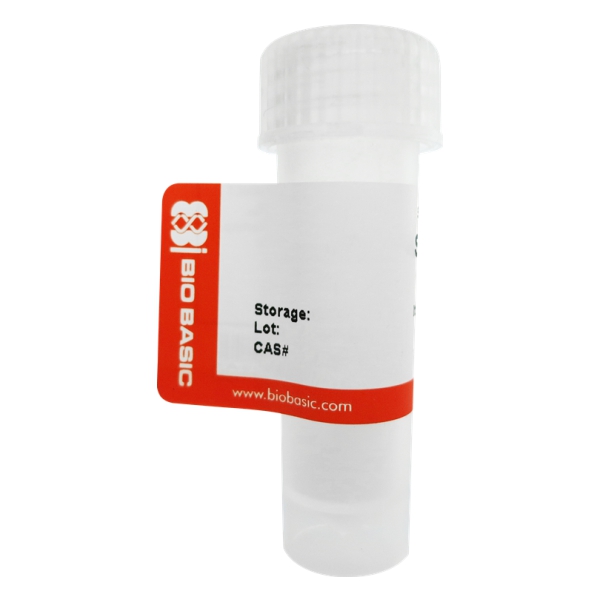Amphotericin B: Amphotericin B is a polyene antifungal antibiotic from Streptomyces sp. It has a high affinity for sterols, primarily ergosterols, of fungal and bacterial cell membranes. After binding to sterols, it forms channels in the membranes, causing small molecules to leak out. Amphotericin B is effective against fungi and yeast. The name of the drug is derived from the amphoteric behavior of the drug, due to the carboxyl group on the main ring and a primary amino group on the mycosamine ring. Amphotericin B induces K+ leakage, which is separate from its lethal action, as was demonstrated in human erythrocytes and is due to the inhibitory effect on the Na+/K+ pump. At sub-lethal concentrations, this drug stimulates either the activity of some membrane enzymes or cellular metabolism,3 in particular stimulation of some cells of the immune system. Minimum inhibitory concentrations range from 0.03–1 mg/ml for a variety of organisms including strains of Candida, Rhizopus, Asperigillus, and Coccidioides. It is inactive against bacteria, rickettsia, and viruses. Normal usage for maintenance of cell cultures is 2.5 mg/L with penicillin and streptomycin in the medium. For cultures already contaminated with yeast and fungus, use of this product at 2–4 times the normal level (5–10 mg/L), without penicillin and streptomycin for 2–3 subcultures is recommended. Once the contamination is under control, normal maintenance levels of amphotericin B should be used. Distilled water bath treatment is recommended for cleaning the incubator and for adding to the water reservoir to eliminate yeast and fungal contamination
Amphotericin B
£31.00 exc. VAT
1g
| CAS | [1397-89-3] |
|---|---|
| Grade | USP |
| HS Code | 2941.10.0030 |
| Manufacturer | Bio Basic |
| Pack Size | 1g |
| Shipping Conditions | ICE |
| Sterile | |
| Storage Conditions | (-15 to -20)C |
| UNSPSC Category | Antibiotics and Antimycotics |
| UNSPSC Code | 51101500 |
| DG | |
| Hazard Class | |
| Hazard UN |















